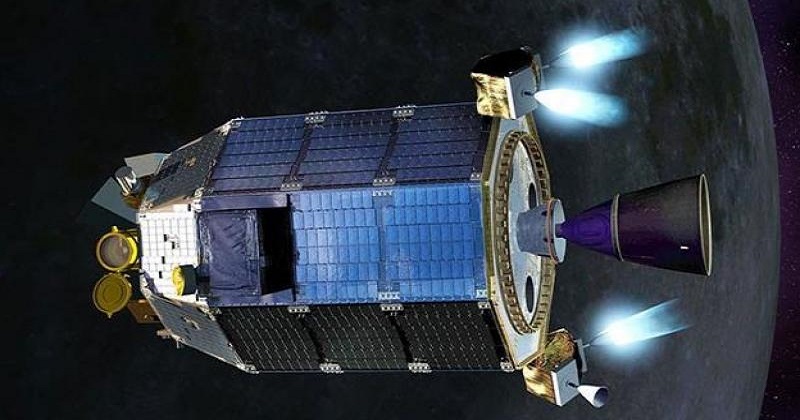
India’s ambitious lunar probe mission, Chandrayaan-2, has hit another roadblock due to technical glitches and has been postponed for next year. After several delays, the launch date of Chandrayaan-2 was finally set in October but it has now been shifted February next year.
The new delay may give Israel a chance to become the fourth country to make a soft landing on the moon’s surface. Israel, through a non-profit group named SpaceIL, plans to land an unmanned spacecraft on the moon in February in the first landing of its kind since 2013.
So far, only four countries – the US, Russi and China – have successfully landed rovers on Moon with last being China’s Chang’e 3 in December 2013. If Indian Space Research Organisation (ISRO) is successful in its ‘Chandrayaan-2’ mission before February, India will be only the fourth country to do so.
However, it is unlikely that ISRO would succeed in beating Israel. According to an NDTV report, the launch date for Chandryaan-2 “is slipping to 2019”, Dr M Annadurai, Director of UR Rao Satellite Centre said. ISRO now plans to land the rover in February next year and rocket launch is likely to take place in January.
Dr Annadurai said that the mission will now use GSLV MK-III rocket instead of GSLV MK-II as the weight of the Chandrayaan-2 rover has increased.
“The rover is also being tested in a simulated lunar terrain environment. All things put together we will be able to manage end of this year to roll out all the three combinations from the ISRO Satellite Center in Bengaluru to Sriharikota,” Dr Annadurai told the TV channel.
According to ISRO, Chandrayaan-2 is a “totally indigenous mission comprising an orbiter, lander and rover”. The Chandrayaan-2 spacecraft weighing around 3,290 kg would orbit around the moon and perform the objectives of remote sensing the moon.
Read More: Protests for the support of Article 35A suspended the Amarnath yatra from Jammu
“The payloads will collect scientific information on lunar topography, mineralogy, elemental abundance, lunar exosphere and signatures of hydroxyl and water-ice,” ISRO said on its website about the lunar mission.
ISRO chairman K Sivan had said in March this year that the “targeted date” of April was shifted to October. The window to launch the Rs 800 crore mission was between April and November 2018, he had said.
ISRO had launched its maiden lunar mission Chandrayaan-1 in 2008.
Israeli non-profit SpaceIL plans to land an unmanned spacecraft on the moon on February 13 in the first landing of its kind since 2013.
The craft is set to blast off in December from Florida’s Cape Canaveral aboard a SpaceX Falcon 9 rocket, Ido Anteby, chief executive of the SpaceIL non-profit, said last month.
The spacecraft, which is shaped like a roundtable with four carbon fibre legs, aims to transmit pictures and videos back to earth as well as measuring magnetic fields.
SpaceIL was founded in 2011 by a group of engineers with a budget of about $90 million. It is backed mainly by private donors, including US casino magnate Sheldon Adelson and billionaire Morris Kahn who co-founded Amdocs.
Since 1966, the United States and the former Soviet Union have put around 12 unmanned spacecraft on the moon using braking power to perform “soft” landings and China did so in 2013.

Post Your Comments